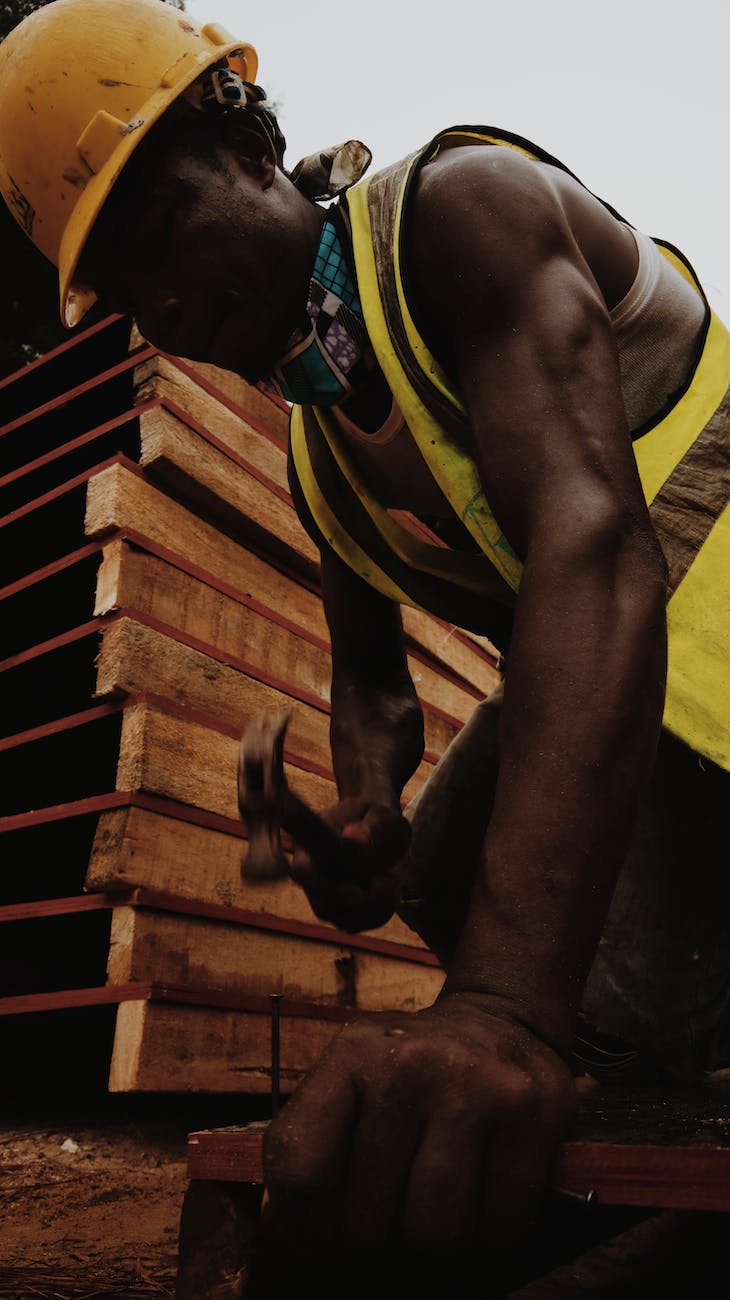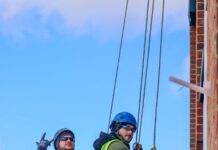
Industrial Safety Helmet OR Hard Hat: Personnel Protective Equipment
Industrial Safety Helmet : In the bustling world of construction and industrial work, safety always comes first. One of the most crucial pieces of personal protective equipment (PPE) is the safety helmet, commonly known as a hard hat. These seemingly simple headgear items play a pivotal role in ensuring the well-being of workers in hazardous environments. In this article, we’ll delve into the importance of safety helmets or hard hats as PPE and explore their various aspects, from design and standards to their proper usage and maintenance.
1. Introduction: The Significance of Safety Helmets
In environments where falling objects, electrical hazards, or head injuries pose potential risks, safety helmets are a vital line of defense. These helmets are designed to absorb impact and provide a protective barrier, reducing the risk of severe head injuries. Whether on a construction site, in manufacturing plants, or even during recreational activities like biking and rock climbing, safety helmets are a steadfast companion.
2. Understanding Safety Helmet Standards
Safety helmets are subject to rigorous standards to ensure their effectiveness. Organizations like the Occupational Safety and Health Administration (OSHA) and the American National Standards Institute (ANSI) set guidelines that manufacturers must adhere to. These standards dictate factors such as impact resistance, electrical insulation, and even visibility-enhancing features.
3. Anatomy of a Safety Helmet
A typical Industrial safety helmet comprises several components, each serving a specific purpose. The outer shell provides the first line of defense, dispersing impact energy. Beneath it, a suspension system absorbs shock and provides comfort. Some helmets also include chin straps to keep the helmet securely in place.
4. Types of Safety Helmets
Industrial Safety helmets come in various types tailored to specific industries and activities. Industrial hard hats are versatile and commonly used across different sectors. Construction hard hats often feature additional protection against lateral impacts. Rescue helmets, favored by firefighters, prioritize heat resistance and durability. Climbing helmets are designed to be lightweight and comfortable during vertical endeavors.
5. Factors Influencing Helmet Selection
Selecting the right helmet involves considering various factors. Workplace hazards play a pivotal role, as different environments demand specific features. Comfort, fit, and durability are equally crucial for ensuring prolonged usage without discomfort.
6. Putting on a Safety Helmet Correctly
Wearing a Industrial safety helmet correctly is essential for its effectiveness. Adjusting the suspension system, securing the chin strap, and positioning the helmet level on the head are vital steps in proper donning.
7. Maintenance and Inspection of Safety Helmets
Regular maintenance and inspection are imperative to extend the lifespan of safety helmets. Cleaning helmets, checking for cracks or dents, and storing them in a cool, dry place all contribute to their longevity.
8. The Role of Safety Helmets in Preventing Head Injuries
Head injuries can have severe consequences. Safety helmets play a pivotal role in minimizing the impact of falling objects or collisions, thus reducing the risk of traumatic brain injuries.
9. Beyond the Basics: Helmets with Additional Features
Modern safety helmets often come with added features like built-in communication systems, integrated visors, and even augmented reality displays, enhancing both safety and functionality.
10. Innovations in Helmet Design
Advancements in technology have led to innovative helmet designs, such as helmets with sensors that can detect impacts and alert supervisors or helmets with cooling systems for increased comfort in hot environments.
11. The Psychological Impact of Safety Helmets
Apart from their physical benefits, safety helmets also have a psychological impact on workers. Knowing they are well-protected can boost confidence and morale, contributing to a safer work environment.
12. Ensuring Compliance and Training
Ensuring that workers are trained in the correct usage and maintenance of industrial safety helmets is crucial. Employers must also enforce compliance with helmet-wearing regulations to maintain a safe workplace.
13. Industry-specific Helmet Requirements
Different industries have unique helmet requirements. For instance, the oil and gas sector might necessitate helmets with enhanced flame resistance, while the construction industry prioritizes helmets with reliable chin straps.
14. Safety Helmets for Recreational Activities
Safety helmets extend beyond the workplace and are essential for recreational activities like cycling, skiing, and rock climbing. These helmets are designed to provide protection during potential accidents.
15. Conclusion
Industrial Safety helmets, often referred to as hard hats, stand as an emblem of protection in hazardous environments. Their evolution from basic headgear to technologically advanced equipment showcases the commitment to worker safety. By safeguarding against head injuries and providing a sense of security, safety helmets play an integral role in countless industries and activities.
8 Types of PPE (Personnel Protective Equipment)
Personal Protective Equipment (PPE) Toolbox Talk
Personal Protective Equipment (PPE)
Inspection of Safety Harness | How To Inspect Full Body Harness/Safety Belt
IS code (Indian Standard Code) for PPE’s & Safety Equipment
FAQs
- Are safety helmets only for construction sites? Safety helmets are essential in various industries where head injuries are a concern, including construction, manufacturing, and recreational activities.
- What should I look for when selecting a safety helmet? Consider factors like the type of hazards in your workplace, helmet fit and comfort, and compliance with safety standards.
- Can I reuse a safety helmet after an impact? It’s recommended to replace a safety helmet after any significant impact, even if no visible damage is present.
- Do safety helmets expire? Most safety helmets have a limited lifespan due to exposure to UV light, temperature variations, and wear and tear. Check with the manufacturer for guidance.
- Are decorated safety helmets less safe? Helmets should not be decorated in a way that compromises their structural integrity or visibility. Always follow manufacturer guidelines.
























